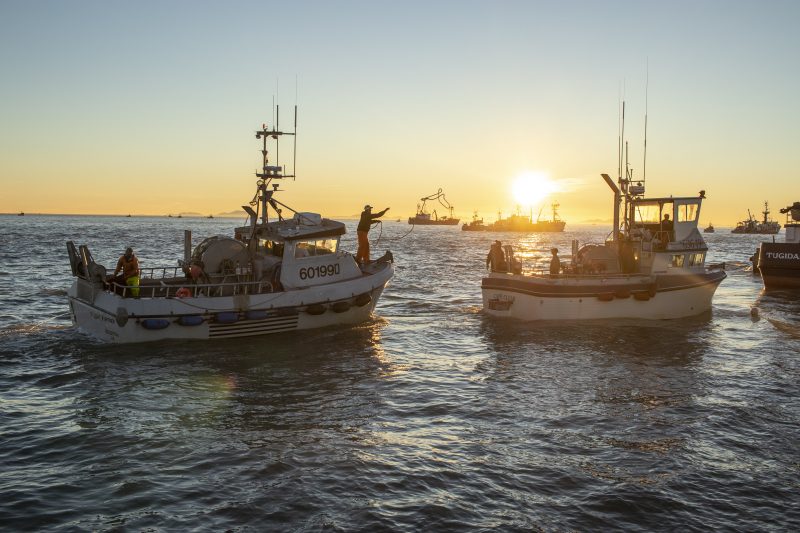The Alaska Board of Fisheries snuffed out proposals that would have limited the length of towlines between Bristol Bay drift vessels and their nets to 100 feet, opting instead to set the maximum towline length to 600 feet at its December meeting. But the board extended the distance that set gill nets can fish offshore in Bristol Bay.
The panel also voted down proposals that would have done away with permit stacking on drift vessels as it wrapped up its meetings for 2022.
In all, 62 proposals had been submitted for consideration in December, some of which saw no action and others which pertained to sport fishing or subsistence harvest regulations in Bristol Bay.
Previous regulations permitted tow lines of unlimited length between drift boats and their nets. Numerous proposals in this most recent meeting cycle specified a limit of 100 feet with the reasoning that shallow draft boats in recent years have adopted the tactic of setting nets with their shoreward ends in the mud on a falling tide. The long towlines enable the boats to hover offshore while the nets load up with salmon that swim in the first few inches of water when the tide turns to the flood.
The tactic with the long lines puts the drift boats in direct conflict with anchored set nets, and as one proposal, No. 38 put it, “This gear style lends itself to fishing with a grounded net.” The board considered establishing a maximum length of 300 feet, amended a new provision setting the maximum towline length at 600 feet, but proposal No. 38 ultimately failed.
Other proposals sought to increase the minimum distance from 100 feet to 300 feet between set and drift gill nets but the board voted against them.
Set net fishermen in the Ugashik District petitioned for an increase in the maximum distance they can fish their nets offshore from the 18-foot high tide mark. The board voted to increase the distance from the pre-existing regulation of 600 feet to 800 feet.
Changing profiles along the shoreline decreased the effective distance of the nets in recent years, and the extra 200 feet will put the seaward ends of the nets near the original depths at which they had been fished.
The board voted similarly on Proposal 41, which extended the seaward boundary for set nets by 100 feet in the Nugashik district.
The longtime contentious issue of permit stacking on drift vessels, which allows two limited entry holders to fish 200 fathoms in a single net as opposed to the single permit limit of 150 fathoms appeared again in December. The proposals in the latest round ran the gamut from repealing the stacking option altogether (put into effect by the board in 2010) to allowing a single owner to purchase an additional permit and fish the 200 fathoms.
The board voted unanimously to leave permit stacking regulations unchanged.
As of Dec. 3, the board had voted on 62 of the 169 proposals. Upcoming board meetings in March will address salmon issues in other parts of the state, including Norton Sound.
For a complete rundown of the proposals, dates and times of the meetings, deadlines for written comments, changes in agendas or meeting venues, visit this link provided by the Alaska Board of Fisheries.
The book of proposals (online) can be found here.







